How to care for bamboo and grow it in the garden

A bamboo grove will decorate any garden plot and give it an exotic look. The plant is characterized by rapid growth. In addition, many varieties of bamboo retain green leaves throughout the winter. Bamboo can be grown in temperate climates, as long as you choose the right one. variety. You need to take the matter seriously, learn how to care for bamboo, what rules should be followed when planting it.
Content:
- Types of bamboo
- Growing seedlings
- Selecting a site for planting and planting seedlings
- How to care for young bamboo
Types of bamboo
There are over a thousand different varieties of bamboo. All of them can be divided into two main types. One of which looks like a herbaceous plant, the other has a straight trunk and is more reminiscent of a tree. Frost-resistant varieties are more suitable for Russian climatic conditions. Frost-resistant bamboo is classified as an evergreen; its leaves retain a fresh green appearance even in the coldest winter.
The plant can grow in regions with a temperate climate and high humidity. Tall frost-resistant Phyllostachys bamboo is especially popular among Russian gardeners.
The plant is not demanding on soil and can grow even on sandy and clay soils. Bamboo of this variety reaches impressive sizes: from 4 to 7 meters. There are also short ones varieties. They are used to create hedges, organize a Japanese garden, and form the shore of a reservoir. Among the low-growing plants, frost-resistant include Kuril saz and Fargedia brilliantia. Low-growing bamboos do not grow higher than 2.5 cm.
Growing seedlings
Before planting the plant in open ground, you need to germinate the seedlings. To plant seeds, take wide boxes. Specially prepared soil is placed in it. It is better to take the soil for planting from a greenhouse; add wood ash and crushed sawdust. Seeds also require special preparation:
- seeds are cleaned
- Dry in the sun for 1.5 hours
- seeds are soaked in a saucer of water for 8 hours
- drain the water and plant it in the soil
The seeds are deepened into the soil by 3 cm. After planting is completed, watering is carried out. In two weeks the first shoots will appear. It is worth noting separately that not all planted seeds germinate. Germination when grown from seeds is low, it is only 25%. Therefore, it would be more advisable to purchase ready-made seedlings in the shop.
Selecting a site for planting and planting seedlings
Bamboo should be planted in a well-lit area. At the same time, it should be borne in mind that the plant does not tolerate direct exposure to scorching sunlight. This can cause the bamboo to dry out. It is very important to ensure that the plant always has enough moisture. Bamboo has very fragile stems; strong winds can break them.
Therefore, when choosing a place to plant plants, it is necessary to take into account the fact that the selected area should not be blown by winds. The ideal place is the area located along the fence. You should start transplanting seedlings when their growth reaches about half a meter.The plant should be planted in open ground in the spring, when the soil has warmed up sufficiently. It is very important that the seedlings are not threatened by night frosts on the soil.
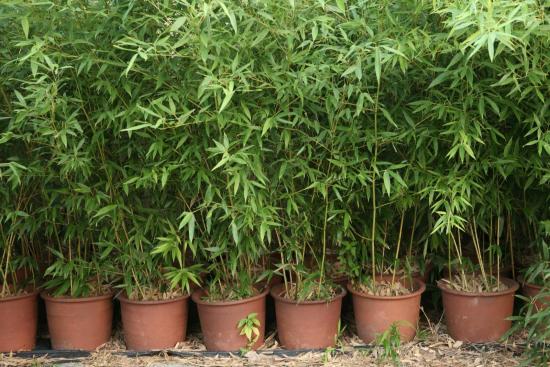
Bamboo grows very quickly, in order to stop the development of the root system, sheets of metal or plastic are dug in around the perimeter of the planting holes. This will prevent the roots from growing throughout the garden area. Bushy bamboo is planted at a distance of 60 cm from each other. Larger species should be kept at least one and a half meters away.
To plant a seedling, prepare a planting hole; it must be spacious. The volume of the hole should be twice the volume of the root system of the plant being planted. A mixture of soil, compost and humus is placed at the bottom of the hole. Next we proceed to landing seedling:
- the seedling is placed in the center of the hole
- pour the soil and compact it so that no air spaces form in the soil
- fill the top with the remaining soil
- water generously
- mulch with leaves, peat and hay
How to care for young bamboo
After the seedlings are planted in open ground, they need to be cared for. The main condition is abundant watering. Bamboo is a moisture-loving plant; it can die from lack of moisture. Therefore, for the first three months it needs to be watered regularly. Then two to three times a week will be enough.
From a lack of watering, the leaves will begin to curl, and with abundant watering they will turn yellow.
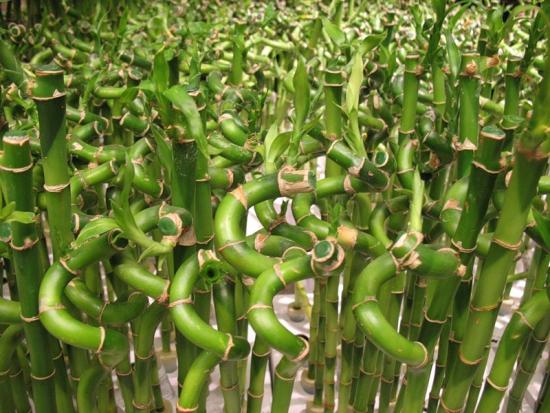
To fertilize, you need to prepare fertilizer. It is prepared as follows:
- nitrogen – 4 parts
- phosphorus – 3 parts
- potassium – 2 parts
The plant is fed in spring and summer. The third feeding is carried out in the fall, preparing the plant for winter. Part fertilizers includes the same components, but in different proportions:
- nitrogen – 2 parts
- phosphorus – 4 parts
- potassium – 4 parts
The plant will stop growing and begin to prepare its strength for winter frosts. To prepare for the cold season, mulch the soil with pine bark and leaves in the fall. The layer thickness should be at least 15 cm. In regions where winters are very harsh. Additional insulation is required. To do this, the bamboo stems need to be insulated with geotextiles. A well-prepared plant can easily withstand even a very cold winter. If you follow agrotechnical rules, you can achieve good results.
Video about proper care of decorative bamboo:

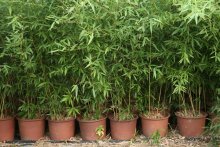

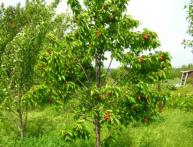
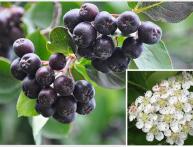
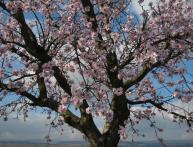
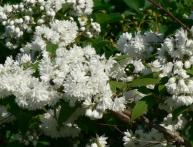
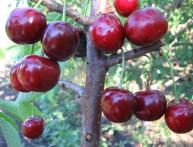
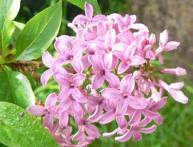

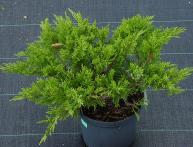
Comments
I love bamboo in design, but I didn’t know it could grow outside. Bamboo has been living in a vase of water at home for five years now. I couldn’t be happier. Now I’ll definitely try to decorate the garden outside with it))